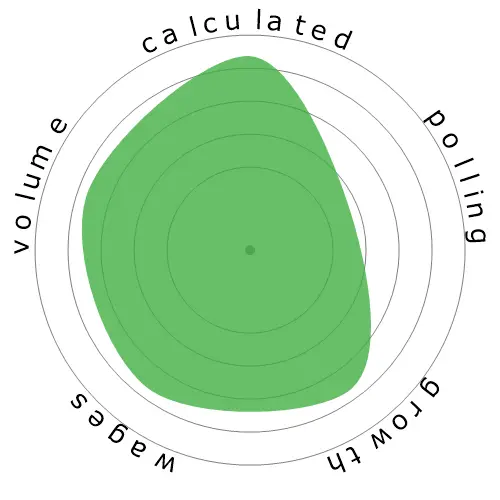Human Factors Engineers and Ergonomists
Employment data isn't available specifically for this occupation from the Bureau of Labor Statistics, so we are using the data from Industrial Engineers.




People also viewed
Calculated automation risk
Minimal Risk (0-20%): Occupations in this category have a low probability of being automated, as they typically demand complex problem-solving, creativity, strong interpersonal skills, and a high degree of manual dexterity. These jobs often involve intricate hand movements and precise coordination, making it difficult for machines to replicate the required tasks.
More information on what this score is, and how it is calculated is available here.
User poll
Our visitors have voted there's a low chance this occupation will be automated. This assessment is further supported by the calculated automation risk level, which estimates 17% chance of automation.
What do you think the risk of automation is?
What is the likelihood that Human Factors Engineers and Ergonomists will be replaced by robots or artificial intelligence within the next 20 years?
Growth
The number of 'Industrial Engineers' job openings is expected to rise 12.2% by 2033
Updated projections are due 09-2025.
Wages
In 2023, the median annual wage for 'Industrial Engineers' was $99,380, or $47 per hour
'Industrial Engineers' were paid 106.8% higher than the national median wage, which stood at $48,060
Volume
As of 2023 there were 332,870 people employed as 'Industrial Engineers' within the United States.
This represents around 0.22% of the employed workforce across the country
Put another way, around 1 in 456 people are employed as 'Industrial Engineers'.
Job description
Design objects, facilities, and environments to optimize human well-being and overall system performance, applying theory, principles, and data regarding the relationship between humans and respective technology. Investigate and analyze characteristics of human behavior and performance as it relates to the use of technology.
SOC Code: 17-2112.01


Leave a reply about this occupation